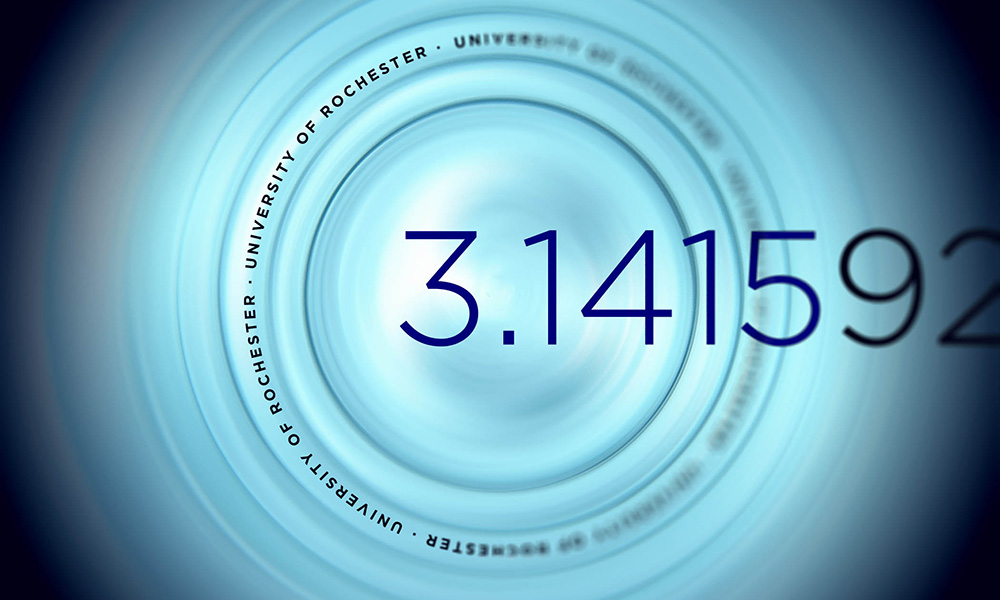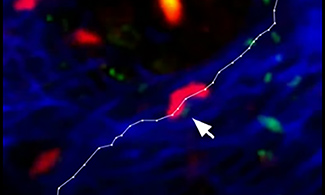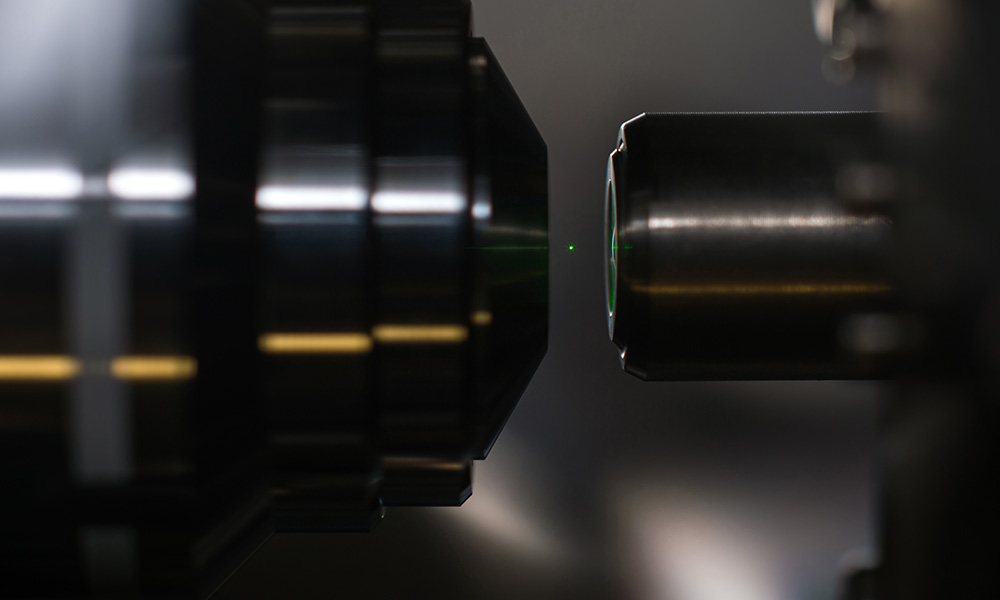
Scientists map genome of common bed bug
“There’s an explosion of insect genome sequencing right now,” said Jack Werren, a professor of biology and a member of the research team. “But the bed bug is particularly interesting because it’s a human parasite, a major pest, and has a unique biology.”

Teens are more caring when they feel support from others
A new study shows that values of social responsibility and caring for others decrease between the ages of 10 to 16. These decreases, however, are in concert with feelings of decreasing support from their parents, schools, and friends.

More efficient way of converting ethanol leads to better alternative fuel
A research team led by chemistry professor William Jones has developed a series of reactions that results in the selective conversion of ethanol to butanol, without producing unwanted byproducts.

Discovery of classic pi formula a ‘cunning piece of magic’
When most people think about pi, they associate the mathematical constant with arcs and circles. Mathematicians, however, are accustomed to seeing it in a variety of fields. But two University physicists were still surprised to find it lurking in a quantum mechanics formula for the energy states of the hydrogen atom.

What ‘drives’ curiosity research?
Scientists have been studying curiosity since the 19th century, but combining techniques from several fields now makes it possible for the first time to study it with full scientific rigor, according to the authors of a new paper.

Data mining Instagram feeds can point to teenage drinking patterns
By extracting information from Instagram images and hashtags, computer science researchers have shown they can expose patterns of underage drinking more cheaply and faster than conventional surveys.

Can we unconsciously ‘hear’ distance?
Because sound travels much more slowly than light, we can often see distant events before we hear them. That is why we can count the seconds between a lightning flash and its accompanying thunder. Now researchers in the Department of Brain and Cognitive Sciences have shown that our brains can also detect and process sound delays that are too short to be noticed consciously, and that we use that information to fine tune what our eyes see when estimating distance.

Immune cells take cue from animal kingdom
Much like birds fly in flocks to conserve energy, dolphins swim in pods to mate and find food, and colonies of ants create complex nests to protect their queens, a new Medical Center study shows immune cells engage in coordinated behavior to wipe out viruses like the flu.

Researchers use laser to levitate glowing nanodiamonds in vacuum
Nick Vamivakas, assistant professor of optics, thinks his team’s work will make extremely sensitive instruments for sensing tiny forces and torques possible, and could also lead to a way to physically create larger-scale quantum systems known as macroscopic Schrödinger Cat states.

Researchers find that Earth’s magnetic shield is 500 million years older than previously thought
Since 2010, the best estimate of the age of Earth’s magnetic field has been 3.45 billion years. But now the Rochester researcher responsible for that finding has new data showing the magnetic field is far older.
